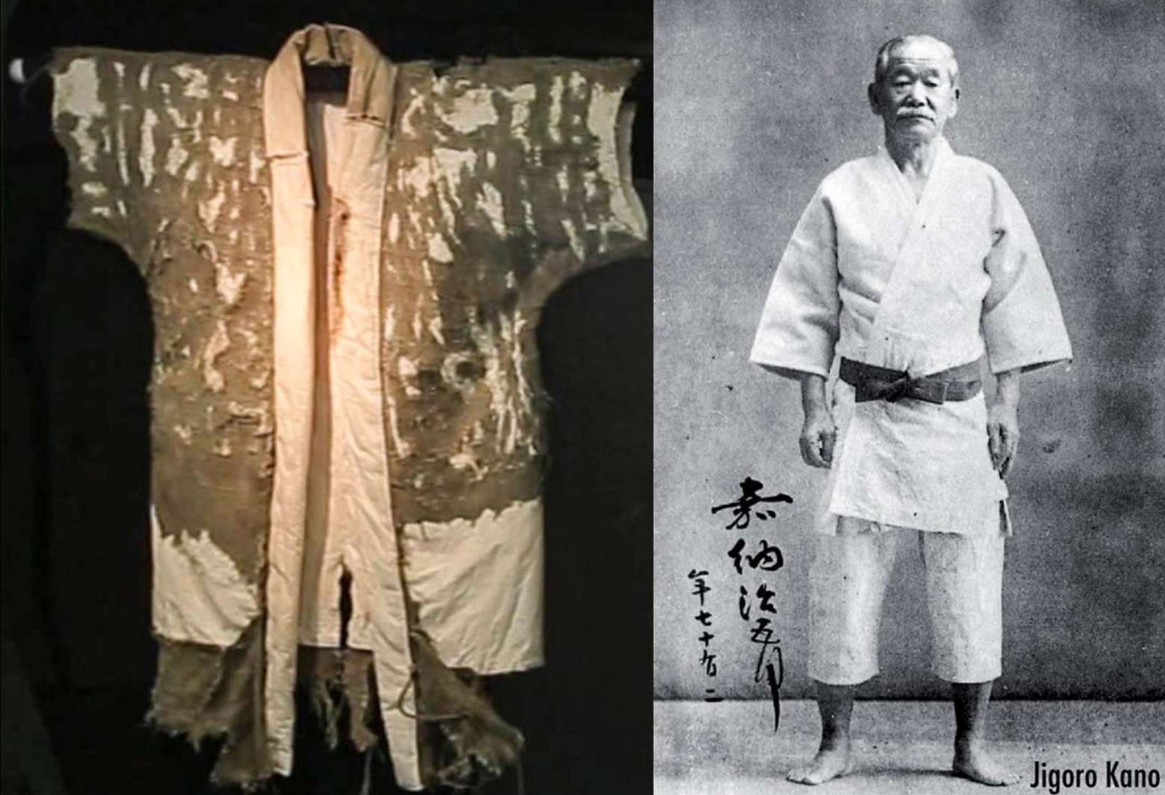A Tale Woven in Threads: Unraveling the History of the Dogi
In the world of martial arts, the dogi stands as a symbol of discipline, tradition, and resilience. This simple yet profound garment has a history as rich and diverse as the arts it serves. From its humble beginnings to its global recognition today, the evolution of the dogi is a tale woven in threads, reflecting the journey of martial artists through time.
Origins: The Birth of a Tradition
The story of the dogi begins in Japan, where martial arts have been cultivated for centuries. In the early days of martial arts practice, practitioners wore everyday clothing or simple garments known as uwagi. These garments were practical but lacked the durability and functionality needed for rigorous training.
It wasn't until the late 19th century, during the Meiji Restoration, that the modern dogi began to take shape. Jigoro Kano, the founder of judo, played a pivotal role in the development of the dogi as we know it today. Recognizing the need for a uniform that could withstand the demands of judo training, Kano introduced the judogi—a garment crafted from heavy-duty cotton designed to endure the rigors of throws, grappling, and strikes.
Evolution: From Tradition to Innovation
As martial arts spread beyond Japan's shores, so too did the dogi. With each passing decade, the design and construction of the dogi evolved, reflecting advancements in textile technology and the diverse needs of practitioners. Traditionalists upheld the simplicity and elegance of the original judogi, while innovators experimented with new fabrics, cuts, and features to enhance performance and comfort.
In the mid-20th century, the rise of karate and other martial arts fueled further innovation in dogi design. Karateka sought lightweight, breathable uniforms that allowed for maximum freedom of movement without sacrificing durability. The introduction of polyester blends and reinforced stitching revolutionized the industry, paving the way for the modern karategi—a sleek, functional garment suited for the dynamic techniques of karate and other striking arts.
Globalization: A Symbol of Unity
As martial arts spread across the globe, so too did the dogi. What began as a symbol of Japanese tradition became a universal emblem of martial arts practice, transcending cultural boundaries and uniting practitioners from diverse backgrounds. Today, the dogi is worn by millions of martial artists worldwide, from the dojo floors of Tokyo to the training halls of New York City.
The globalization of the dogi has not only transformed the landscape of martial arts attire but also fostered a sense of community and camaraderie among practitioners. Regardless of style or discipline, the sight of a crisp white uniform invokes a sense of respect and reverence for the traditions of the past while embodying the spirit of perseverance and dedication that defines the martial arts journey.
Influence: Beyond the Dojo
Beyond its role as a training garment, the dogi has permeated popular culture, leaving an indelible mark on the world stage. From the iconic black belts of Hollywood action heroes to the timeless elegance of the gi-clad warriors in martial arts cinema, the dogi has become synonymous with discipline, strength, and honor.
In recent years, the influence of the dogi has extended beyond the realms of martial arts, inspiring fashion designers, athletes, and creatives alike. The clean lines, minimalist aesthetic, and emphasis on functionality have found their way into streetwear, activewear, and even high fashion, reflecting a broader cultural fascination with mindfulness, discipline, and self-improvement.
Legacy: Preserving Tradition in a Modern World
As we look to the future, the legacy of the dogi remains as relevant as ever. In an increasingly fast-paced and interconnected world, the principles of discipline, respect, and humility embodied by the dogi serve as guiding lights for martial artists and non-practitioners alike. Whether worn on the mat or in everyday life, the dogi reminds us to embrace challenges with courage, to approach others with kindness, and to strive for excellence in all endeavors.
In conclusion, the history of the dogi is a testament to the enduring power of tradition, innovation, and community. From its humble origins in the dojo of Jigoro Kano to its global reach today, the dogi has transcended its role as a mere garment to become a symbol of the martial arts spirit—a spirit that continues to inspire and unite people around the world in their pursuit of excellence, both on and off the mat.
Recent Posts
-
A Tale Woven in Threads: Unraveling the History of the Dogi
In the world of martial arts, the dogi stands as a symbol of discipline, tradition, and resilience. …1st Mar 2024 -
History and benefits of Muay Thai shorts
Muay Thai, the art of eight limbs, is not only a martial art but also a cultural phenomenon deepl …21st Feb 2024 -
Why warming up before training is important
Warming up before a martial arts workout is crucial for a variety of reasons. It prepares your bo …3rd Nov 2023




